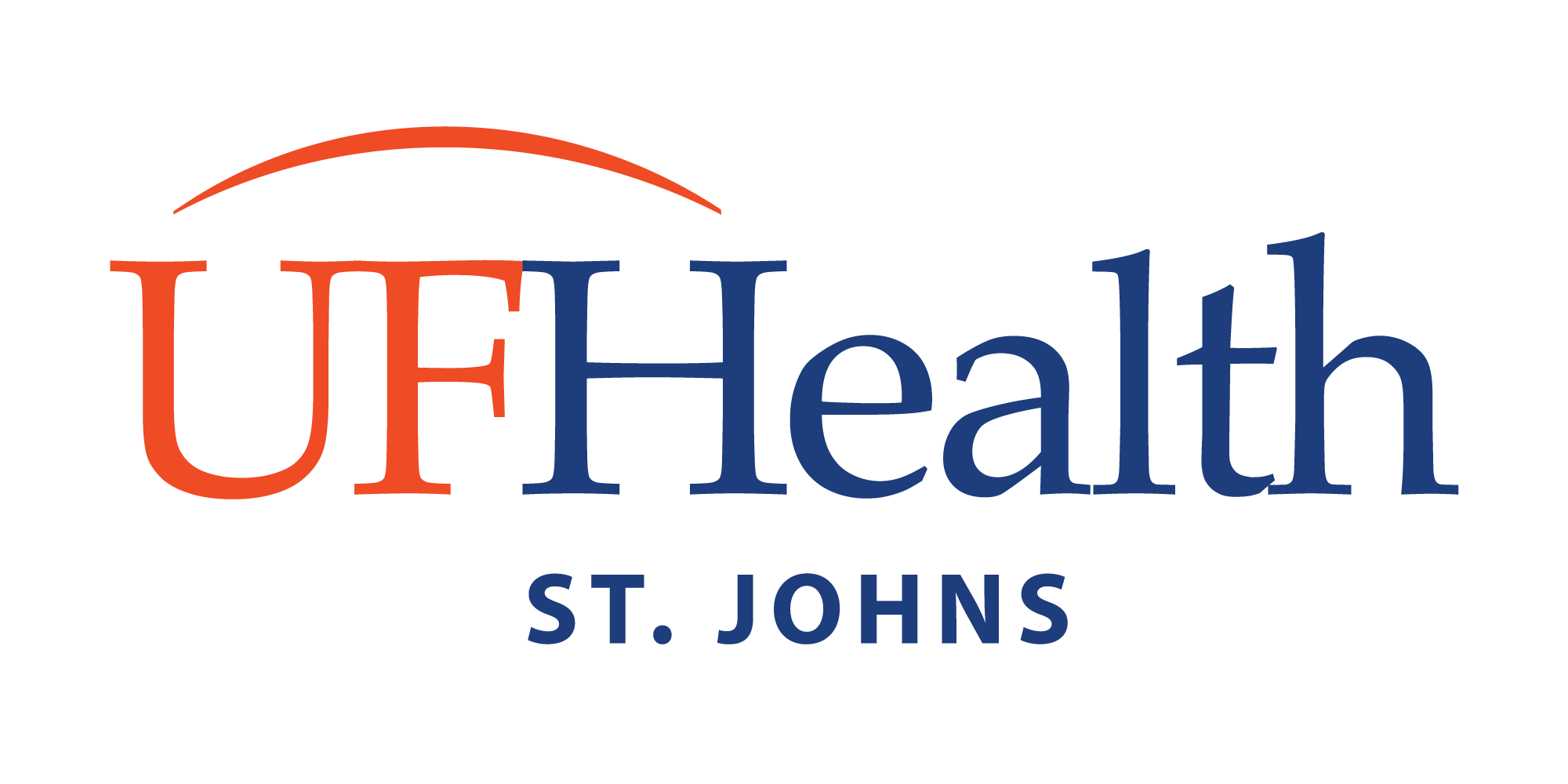10 Warning Signs for Stroke You Shouldn't Ignore
- Category: Blogs
- Posted On:

Stroke is a significant medical illness that negatively affects a person's quality of life and overall health. Early recognition of Stroke warning signs enables an individual to take immediate action to avoid serious consequences. This article identifies ten warning signs and provides information on the tests to detect stroke, risk factors, and symptoms. This helps prevent significant health issues and increase your chances of recovery by knowing the stroke warning signs and taking the necessary measures.
Although strokes frequently happen, warning signals may appear a month before a stroke. Here are some early stroke warning signs that you shouldn't ignore.
Numbness or weakness: One side of the body, face, arm, or leg may experience this.
Confusion: Difficulty comprehending, speaking, or listening to speech.
Difficulty seeing: One may experience the inability to see clearly with one or both eyes.
Sudden difficulty walking, dizziness, losing one's balance, or a lack of coordination.
Sudden, excruciating headache with no apparent cause.
One side of the face is sagging or numb.
One of your arms is weak or numb.
Speaking impairment: It refers to slurred or unusual speaking.
Dizziness: Balance or coordination issues or dizziness.
Seizures or fainting seizure or fainting.
All these are known as the one-month before stroke warning signs because experiencing any of these means you need to seek medical assistance.
Tests to identify stroke
Here are the tests to determine stroke:
Physical examination: The initial step in identifying a stroke is typically a physical examination. The physician will examine your nervous system neurologically, check your blood pressure, and listen to your heart.
Imaging testing: Imaging tests, like a CT scan or MRI, are used to identify the type and location of a stroke and confirm the diagnosis. Additionally, these tests can assist by ruling out other potential explanations of your symptoms, such as a brain tumor or a drug reaction.
Blood tests: Blood tests aid in eliminating other possible causes of symptoms and reveal stroke risk factors like high cholesterol and blood sugar levels.
The FAST and B.E. FAST tests: These examinations reveal stroke signs and assist in determining whether a stroke is occurring. While B.E. F.A.S.T. stands for Balance lost, Eyesight loss, Face drooping, Arm weakness, Speech difficulty, and Time to call, F.A.S.T. stands for Face drooping, Arm weakness, Speech difficulty, and Time to call.
Cerebral angiography detects blockages or constrictions in the blood vessels that may be the source of a stroke in the brain.
Risk factors for stroke
Here are some of the risk factors for stroke:
High blood pressure stands as the primary risk factor for stroke. It might deteriorate the blood vessels responsible for blood flow to the brain, leading to a brain blood clot that results in a stroke.
Heart disease is the second most significant stroke risk factor and the leading cause of death among stroke survivors.
Smoking: The risk of an ischemic stroke is increased by smoking. It causes blood clots in the brain and harms blood vessels.
Physical inactivity: The second-largest risk factor for stroke is not getting enough exercise. It may result in high cholesterol, diabetes, and high blood pressure.
Genetics or heredity: People with a family history of stroke are more likely to develop the condition.
The importance of managing risk factors associated with stroke
Managing risk factors for stroke is crucial in preventing the onset of stroke through:
Stroke prevention involves controlling risk factors like high blood pressure, obesity, inactivity, a poor diet, alcohol use, and inheritance.
Reducing the severity of stroke: Even if a person has a stroke, controlling risk factors can help lessen its effects and increase recovery prospects. For instance, managing high blood pressure can lower the risk of repeated strokes and prevent additional damage to brain blood vessels.
Improved general health: Adopting healthier habits like quitting smoking, a balanced diet, and regular exercise can reduce stroke risk.
Blood clot in brain treatment: Depending on the type of stroke, doctors may prescribe aspirin or potent clot-busting medications. The procedure is best. When you take this drug within three hours of the onset of your symptoms, it works well. If a ruptured blood vessel causes the stroke, medical professionals will work to stop the bleeding as soon as possible.
Are you exhibiting any warning signs of a stroke and unsure of how to begin the diagnosis process? Or are you in need of effective and Inexpensive health care? Consider Flagler Health+; contact us immediately to take action.
